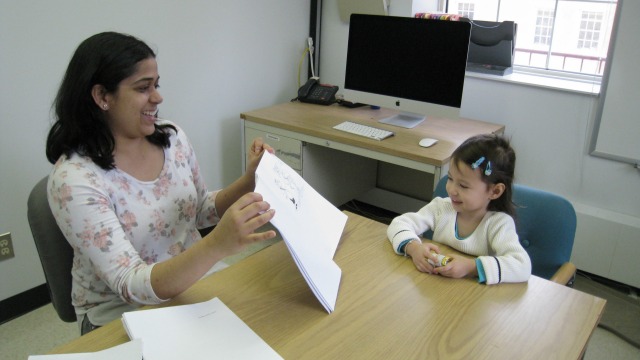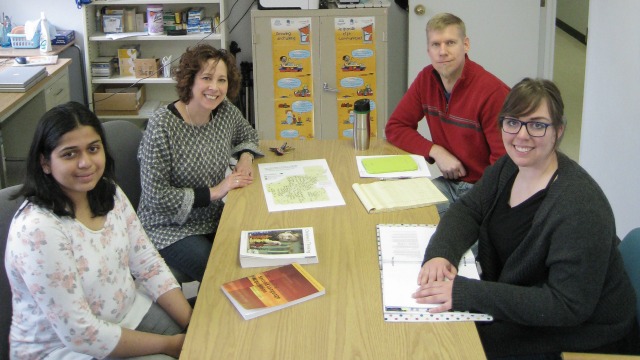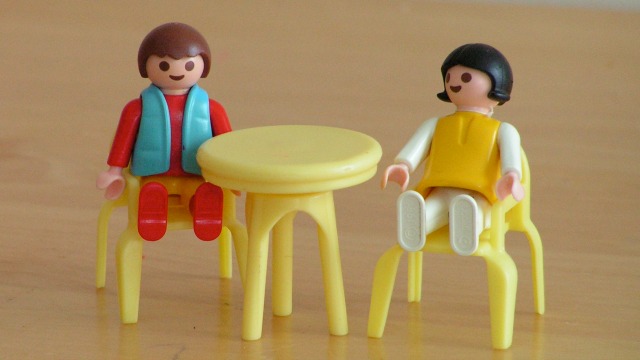Bilingual Acquisition Lab of Alberta (BALA)
We conduct research on bilingualism, second language acquisition and heritage language acquisition in children and youth. Our research includes children with typical development as well as children with developmental disorders such as Specific Language Impairment and Autism Spectrum Disorder. We study a wide range of linguistic domains in child learners - the lexicon, morphology, syntax, narrative skills and sometimes phonology. We also study the factors that influence their acquisition, e.g., quantity and quality of language input, first language typology and language learning aptitude. We use a variety of methods in our research: corpus-based language sampling, experimental tasks and standardized tests. We conduct most of our research at schools or in children's homes, so we have portable testing equipment and materials and mainly use the lab for processing data and meeting. Our lab members also use the facilities at the Centre for Comparative Psycholinguistics to put together their experiments and to run studies with adult controls.
Language acquisition lab research is concerned with both theoretical and applied issues. Recent studies have contributed to theoretical debates concerning the role of input and experience in language acquisition. One major applied outcome of our research is the Child English Second Language (CHESL) Centre which provides resources to assist clinicians and educators in assessing the language development of children learning English as a second language


